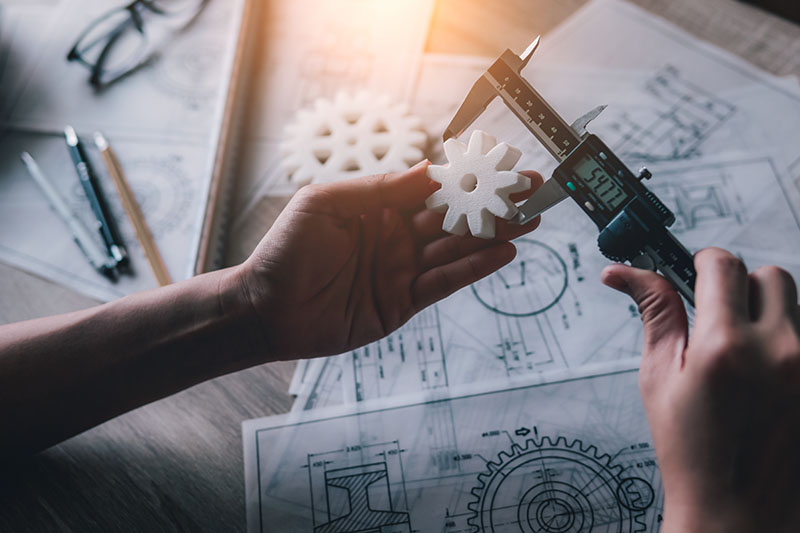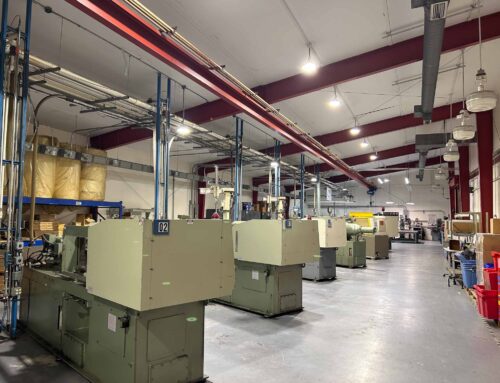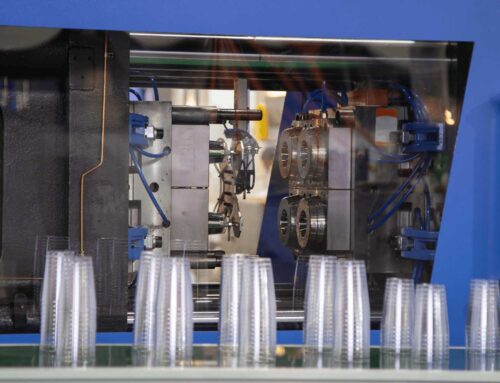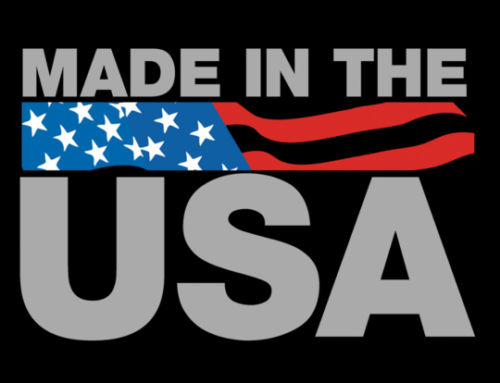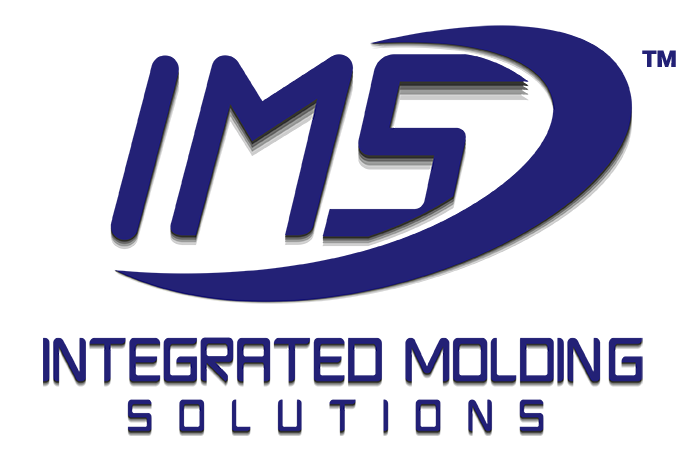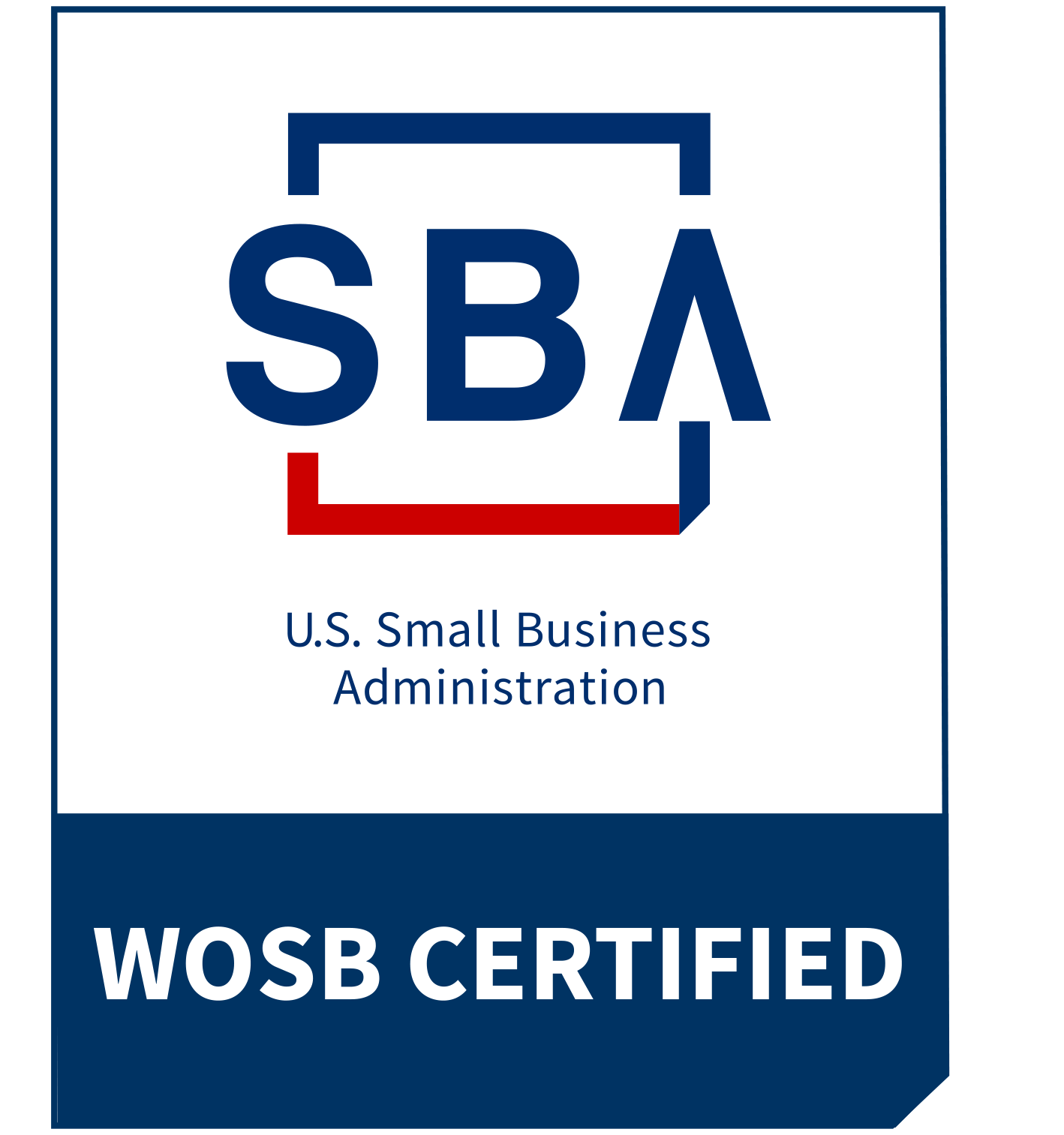
Impacting both aesthetics and structural integrity, sink marks are a common injection molding defect found on plastic parts with substandard design or poor process conditions. In this article, Integrated Molding Solutions provides insight into common causes, impacts, and solutions to avoid sink marks.
What is Sink found in Injection Molded Parts?
Sink marks are depressions or irregularities that develop on the surface of an injection-molded part during the cooling process. They occur when the exterior of the molded part solidifies before the core, leading to a local contraction upon cooling. The root causes can be traced back to variations in material properties, design considerations, and process parameters.
What Causes Sink Marks in Injection Molded Parts?
Flawed Selection of Plastic Materials:
Which plastic material selected for injection molding can greatly impact the formation of sink marks. Plastic materials with high shrinkage rates, such as low-density polyethylene, are more prone to sink marks. Understanding the plastic material’s characteristics before selection and adjusting cooling rates accordingly is critical in mitigating sink marks.
Inadequate Part / Mold Design:
The design of the mold and the part itself can significantly influence the occurrence of injection molding sink marks. Thick sections cool more slowly than thin ones, creating an imbalance that contributes to sink marks. Strategic design modifications, such as uniform wall thickness and the incorporation of ribs, can help alleviate this issue.
Incorrect Injection Molding Parameters:
Injection molding involves a delicate interplay of temperature, pressure, and cooling rates. Suboptimal process parameters, such as excessive injection pressure or inadequate cooling time, can contribute to sink marks. Fine-tuning these parameters based on material properties and part geometry is essential for minimizing sink marks.
How To Reduce Sink Marks in Injection Molding
Proper Plastic Material Selection:
Choosing materials with lower shrinkage rates is a proactive strategy to combat sink marks. Collaborating with material experts and leveraging advanced materials that strike a balance between strength and minimal shrinkage can be a game-changer.
Optimized Part or Injection Mold Design:
It is critical to ensure the part design is fully optimized to reduce the chance of sink marks. The part design is then reflected in the tooling of the mold, which must incorporate elements like uniform wall thickness, minimizing abrupt changes in section thickness, and ribs for additional support. Partnering with a manufacturer with part design knowledge and experience, like Integrated Molding Solutions, can save a lot of time, money, and headache of catching sink marks after production begins.
Injection Molding Process Refinement:
Defining specific injection molding process parameters for each production batch is critical to reducing sink marks. This includes ensuring injection speed, pressure, and cooling times are optimal, based on the material’s behavior and product specifications. Implementing advanced cooling techniques, such as conformal cooling, can contribute to uniform cooling and reduce sink marks. It is also imperative that your injection molding manufacturer implements appropriate QA and QC processes and immediately applies specific corrective actions in an unforeseen situation.
Advanced Simulation Tools:
The use of modern technology, such as injection molding simulation software, allows for a virtual analysis of the injection molding process. These tools enable plastic manufacturers to identify potential defects, such as areas with a higher possibility for injection molding sink, early in the design phase, allowing proactive adjustments.
Partner with a Plastic Fabrication Company You Trust
With over 20 years of plastic manufacturing experience, Integrated Molding Solutions has an unmatched knowledge of plastic material properties, design intricacies, and injection molding process optimization. IMS guides clients in selecting materials with lower shrinkage rates, implementing design modifications that enhance uniformity, and fine-tuning injection molding parameters for optimal results.

